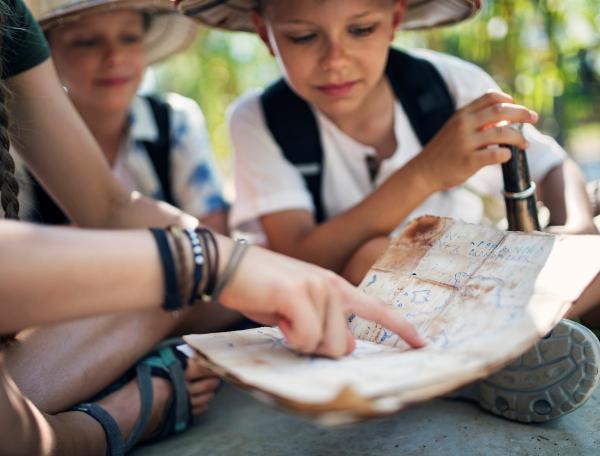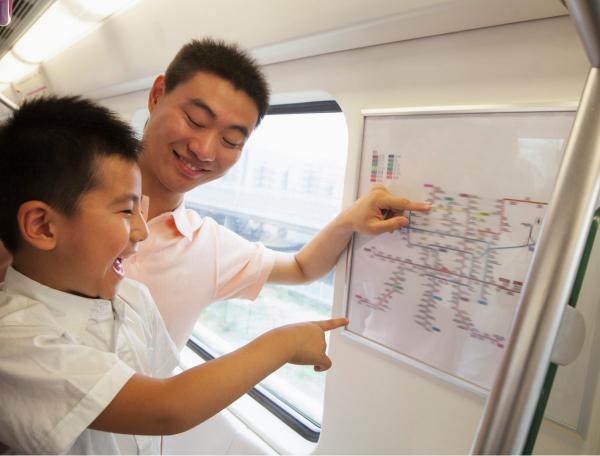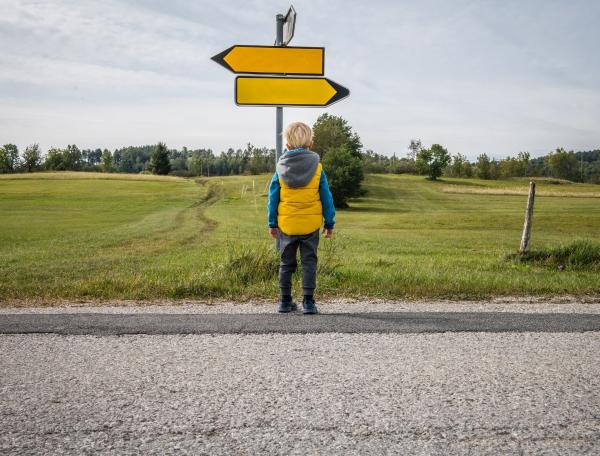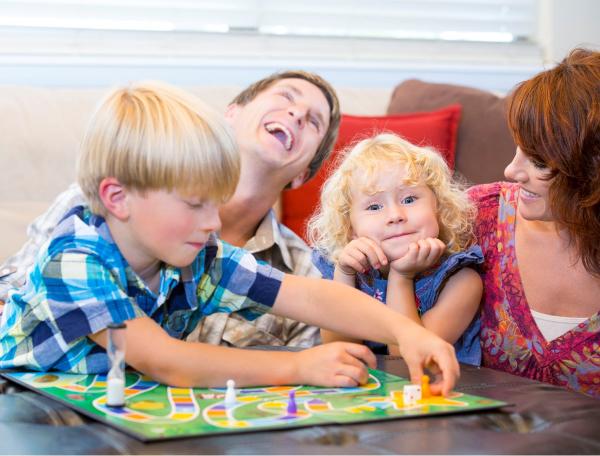Where is it hidden?

Developed in partnership with Education Services Australia
The Australian Curriculum sets the goal for what all students should learn as they progress through their school life. Skills in the Year 1-2 curriculum include:
- recognising that we can give directions for finding a particular location
- understanding that the term paces is a way to describe distance
- using and following directions such as left or right, clockwise or anticlockwise.
It’s easy to help your child practise these skills as part of everyday life – just use these simple ideas.
Get directional!
Learning to give and follow directions can be tricky, especially with terms such as left/right and clockwise/anticlockwise! Give your child lots of practice with ideas such as these:
- use terms such as left, right, clockwise and anticlockwise in everyday conversation
Turn the tap clockwise to turn the water on.
Unscrew the lid by turning it anticlockwise.
Your left sock has a hole in the toe! - work out where north, south, east and west are in your house, and use these words in conversation
The sun is getting hot, can you close the curtains on the west side of the house?
Let’s open the east curtains so we can see the sunrise.
These plants like a cool place, let’s put them on the south of the house where it’s nice and shady. - hide a ‘treasure’ in your garden or park, and give your child directions on how to find it
- play games where you give each other directions
Can you guess where I’m going? Up the stairs, to the left, along the corridor and through the second door on the right. - create a treasure map together for a birthday party, or your next family gathering.
Note: Treasure maps often use paces, so check if your child knows what a pace is and how it differs for people of different heights. Get your child to compare their pace to yours, and to the paces of other family and friends – perhaps by asking everyone to pace out the length of the driveway, and seeing how their answers vary.
Ask your child if they can think of more reliable ways to describe distance on a treasure map – eg a standard unit such as metres, a relative measure such as halfway to the tree, or by choosing one person’s pace and writing the length of their pace (in centimetres) on the map.
Go online
For online reinforcement, Treasure hunt will give your child practice at:
- following directions on a map.
[1-2Learning]








